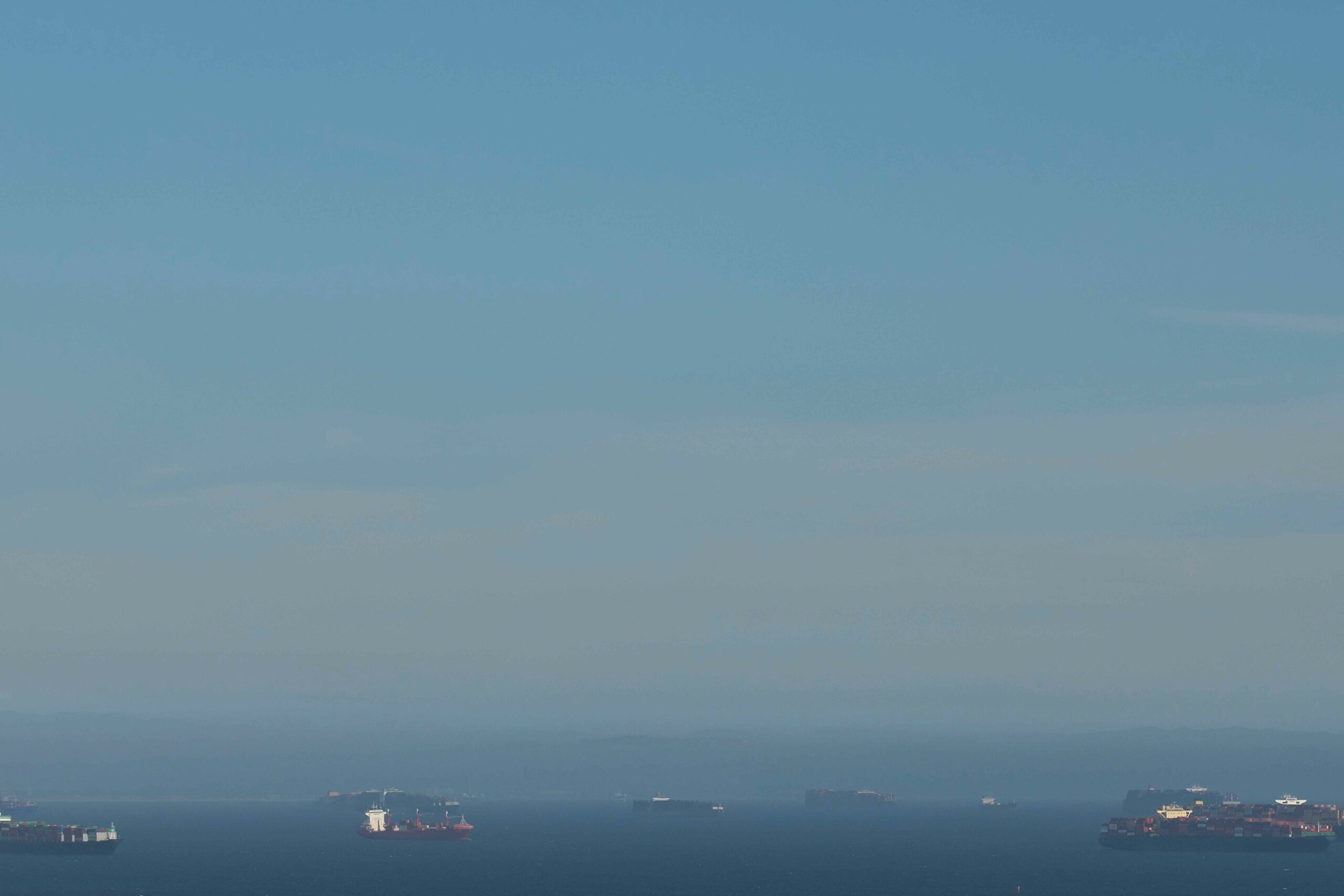The Copenhagen-based maritime consultancy Sea-Intelligence recently analysed the impact of bottlenecks in the maritime supply system from the perspective of vessel delays. Thus, vessel delays from 2016-2019 were compared to delays in excess of that baseline for 2020 and 2021.
From January 2019 to September 2021, an initial pandemic increase in delays in the first half of 2020 was followed by a brief period of improvement in summer 2020. But after that, delays escalated significantly in late 2020 and early 2021.The problems continued to worsen into summer and autumn 2021, with the peak of 3.93 days reached in August 2021.
A comparison of the 34 trade lanes covered in the Global Liner Performance report shows a very large spread. Most trades record very large increases in delays, indicating that the congestion problems leading to delays are indeed prevalent globally and not confined to just a few large key trades.
However, it can also be seen that a few individual trades are not impacted, and essentially have the same magnitude of delays as they had before the pandemic. These relatively less impacted trade lanes are mostly linked to South America, from both Europe and North America. (sh)


